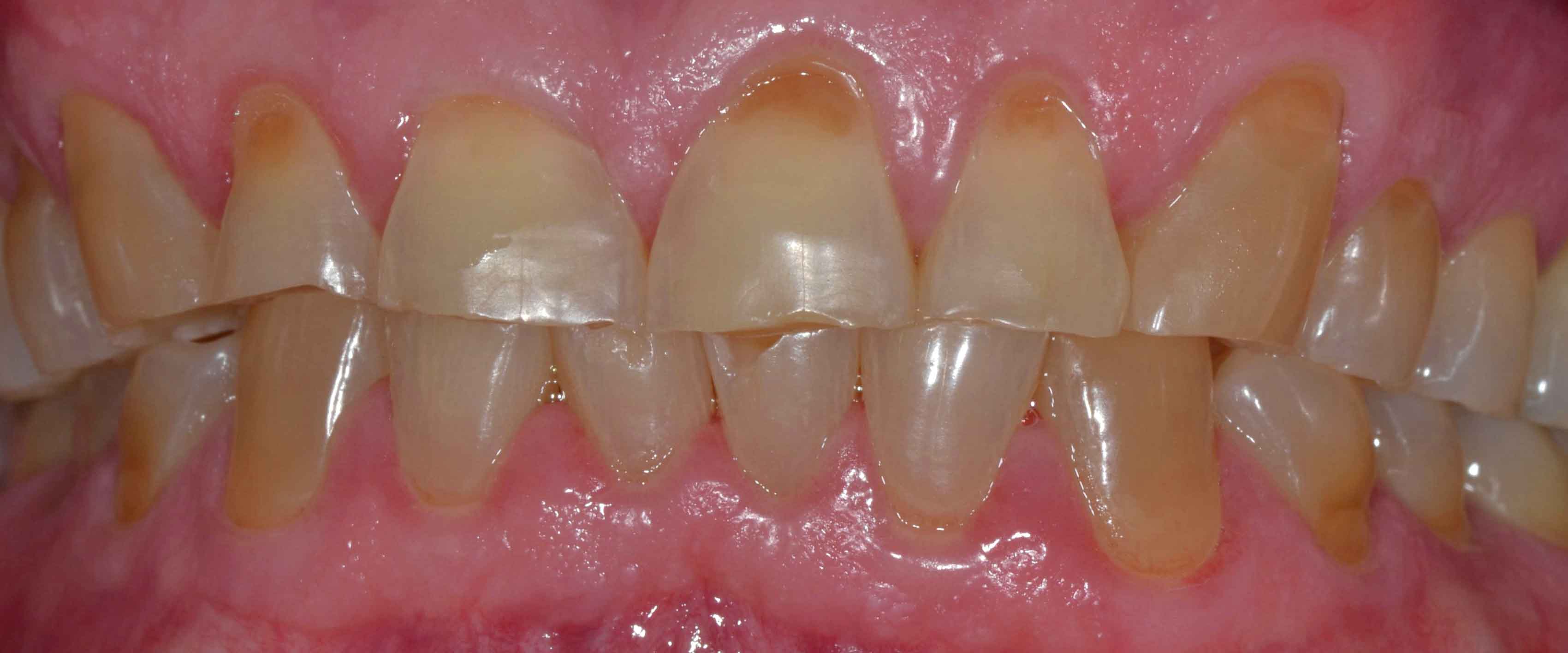To Buy Amoxil Online Visit Our Pharmacy ↓
 Exploring Alternative Uses of Amoxil: Beyond Bacterial Infections
Exploring Alternative Uses of Amoxil: Beyond Bacterial Infections
Amoxil, a commonly prescribed antibiotic, is not limited to human use only. It has found extensive applications in the veterinary field as well. Veterinarians often rely on Amoxil to treat various bacterial infections in animals. Whether it's a respiratory infection, urinary tract infection, or skin infection, Amoxil can be an effective treatment option for pets. The drug works by inhibiting the growth of bacteria and preventing further spread of the infection. With its broad-spectrum activity, Amoxil is considered suitable for use in a wide range of animal species, including dogs, cats, and horses. Veterinarians typically determine the appropriate dosage and duration of treatment based on the specific infection and the animal's weight. Amoxil's veterinary applications highlight its versatility and potential for improving the health and well-being of animals.
Amoxil for Sinus Infections
Amoxil, also known as amoxicillin, is commonly prescribed for the treatment of bacterial infections. While it is primarily used for respiratory and urinary tract infections, it has also shown effectiveness in treating sinus infections. Sinus infections, or sinusitis, occur when the sinuses become inflamed and infected. Amoxil works by targeting the bacteria responsible for the infection, thereby reducing inflammation and alleviating symptoms such as nasal congestion, facial pain, and headache. It is important to note that Amoxil should only be used for bacterial sinus infections, as viral or fungal infections may require different treatment options. Additionally, it is crucial to follow the recommended dosage and complete the full course of treatment to ensure effective results and prevent the development of antibiotic resistance. Overall, Amoxil can be a valuable alternative for treating sinus infections in certain cases.
Amoxil for Skin Conditions
Amoxil, a widely used antibiotic, is not only effective against bacterial infections but also shows promise in treating various skin conditions. Dermatologists often prescribe Amoxil for skin conditions such as acne, cellulitis, impetigo, and skin abscesses. The medication works by targeting the bacteria causing the infection and reducing inflammation in the affected area. Studies have shown that Amoxil can help improve the appearance of acne by reducing the number of acne-causing bacteria on the skin. It can also be used to treat cellulitis, a common skin infection that causes redness, swelling, and pain. Amoxil's ability to penetrate deep into the skin makes it effective in treating impetigo, a highly contagious bacterial skin infection. Additionally, Amoxil can aid in the healing process of skin abscesses by eliminating the underlying bacterial infection. Overall, Amoxil offers a promising alternative treatment option for various skin conditions, providing relief and improving skin health.
Amoxil for Dental Procedures
Amoxil, a commonly prescribed antibiotic, has found alternative uses beyond its primary indication for bacterial infections. One such application is in dental procedures. Amoxil can be used to prevent or treat infections occurring as a result of dental surgeries or procedures. By targeting the bacteria responsible for dental infections, Amoxil helps reduce the risk of complications and aids in the healing process. It is often prescribed before dental extractions, root canal therapy, or implant placements to prevent bacterial growth and infection. Additionally, Amoxil can help alleviate pain and inflammation associated with dental abscesses or gum infections. This versatile antibiotic is effective against a wide range of bacteria commonly found in the oral cavity, making it a useful tool in maintaining oral health during various dental procedures.
Amoxil in Pregnancy
Amoxil, a commonly prescribed antibiotic, has been found to be safe for use during pregnancy. It is often recommended for treating certain bacterial infections that may arise during this time. Amoxil belongs to the category of antibiotics known as penicillins and is considered to be a category B medication in pregnancy, indicating that it is not expected to cause harm to the fetus. However, it is important for pregnant women to consult with their healthcare provider before taking Amoxil, as individual circumstances may vary. By following the guidance of healthcare professionals, pregnant women can benefit from the potential therapeutic effects of Amoxil while minimizing any potential risks to themselves and their babies.
Amoxil for Respiratory Infections
Amoxil, also known as amoxicillin, is an antibiotic commonly prescribed to treat bacterial infections. While it is generally safe to use during pregnancy, caution should be exercised. Amoxil belongs to Pregnancy Category B, indicating that animal studies have not shown any adverse effects, but there are limited human studies. It is important to weigh the potential benefits against the risks before taking amoxil during pregnancy. Amoxil is sometimes prescribed to pregnant women for urinary tract infections, respiratory tract infections, and dental procedures. However, it should only be used under the supervision of a healthcare professional, who can determine the appropriate dosage and duration of treatment. It is essential to follow the doctor's instructions and complete the full course of amoxil to ensure effective treatment and prevent the development of antibiotic resistance.
https://www.sterlingchiropractortherapy.com/wp-content/themes/twentytwentythree/parts/html/wellbutrin.html https://royalcitydrugs.com/flagyl.html https://royalcitydrugs.com/flexeril.html




